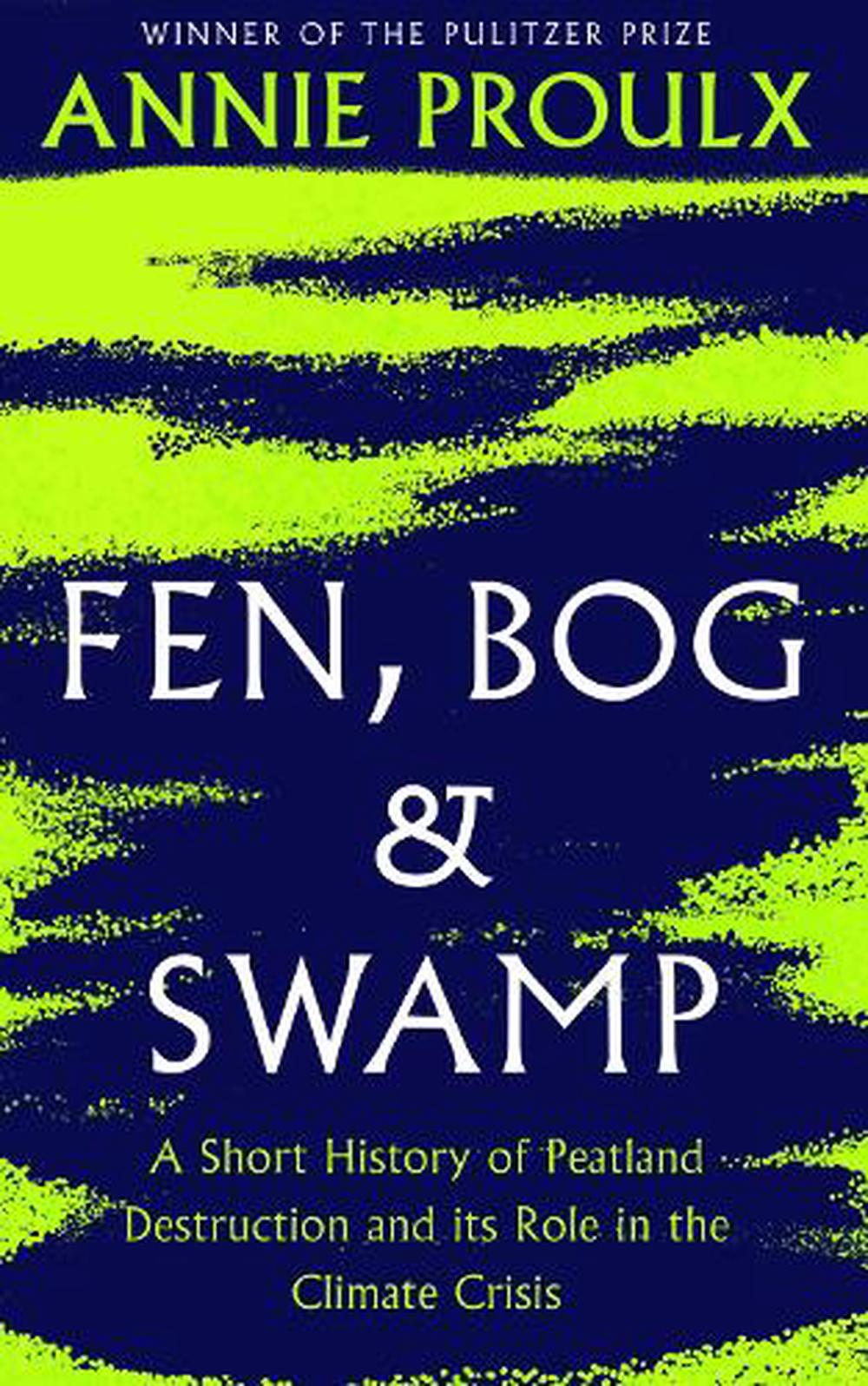The theme for the Prime Minister’s Summer Reading List 2022/2023 is the things we cannot see (or the things we decide not to see). We cannot easily see carbon in the air, dolphins in the ocean, seabirds flying above, or more specifically, the mental health of someone we love or the neighbour’s abuse of family members. If we want to solve challenges and optimise opportunities, we need to find better ways of understanding our complex world. This means politicians and policy analysts must work harder at improving the quality of hindsight, insight and foresight across the public service, and design new ways of revealing, measuring, and managing what is currently unseen or poorly understood. Arguably, the analogy that ‘we manage what we measure’ should be expanded to: ‘we manage what we measure, and we measure what we see.’
A recent development in this way of thinking is the Long Term Insights Briefings. Although we are optimistic, we are also cautious that some chief executives may fail to engage because they do not have the skills or lack the necessary courage to share what they truly think. 2022 has been a hard year for many. It seems to have heightened our responses to the world around us. In 2023, our leaders will need to be curious, inquiring, creative and courageous. We hope the five books we have selected for politicians provide some useful and interesting insights for the year ahead.

Signals
Author: Jeff Desjardins
Jeff Desjardins and his team identify and describe 27 trends shaping the future of our global economy. The book looks simple, but it is intense. It is not a book to be opened after a hard day of meetings, but rather a book to be read slowly and analysed deeply. What I really like about this book is that it provides references and is courageous; it demonstrates that such an ambitious goal of identifying important trends can be achieved after wading through copious amounts of data. It also has some detailed infographics and visualisations that identify signals that were previously hiding within data. One thing to note is this book does not draw a distinction between signals (or weak signals) and trends (i.e. not all signals become trends), however, it does reveal a wide range of disruptions and innovations that should be useful for any politician trying to gain an understanding of the world in 2023.

Rewilding the Sea
Author: Charles Clover
Charles Clover’s view is that the best way to protect our seas is to stand back and let nature repair the damage. Whether it is the overfishing of bluefin tuna across the Atlantic, the destruction of coral gardens by dredgers in Lyme Bay, or the restoration of oysters on the East Coast of America, Clover outlines what happens when individuals and communities ‘stand back’. Before reading this book, I did not appreciate that trawling and dredging create a significant amount of CO2 (more than the aviation industry), with the resulting damage actively preventing continental shelves from soaking up carbon. We have made so many mistakes with the management of our waters and land, it seems timely for New Zealand to become more informed and cognisant of the impacts of using our ocean before vested interests become too invested in the current business model. Clover concludes:
A whole list of countries, industries and companies are being confronted for the first time by a new truth, that we have to address the problems of the oceans and the climate together: they are entwined. The multi-million dollar question is whether we can do anything about ocean health; whether we have any chance of success. The only answer I can think of to the first question is that we need to rewild the sea. The answer to the second question is that we need to do it in multiple ways that go far beyond the current comfort level of many countries, businesses, and individuals. And we need to do it urgently. Can it be done? From the evidence I have set out in this book, I believe the answer is yes. We must continue to join up examples of success from around the world and the next decade is critical. We need new urgency and focus if we are to protect 30 per cent of the oceans, store carbon and find ways of eating seafood with a clear conscience. Where will that urgency and focus come from? I believe it will surface from the steady trickly, becoming a pulse, of examples where we have allowed nature in the sea some space to revive and have seen how it has rebounded (see p. 227-228).
Fen, Bog and Swamp
Author: Annie Proulx
The title sounds more like the name of an English pub, rather than a book on climate change, but that is Annie Proulx at her best. It reads like poetry and tastes like red wine, a book that is so easy to digest which means the punch is quite a shock. Proulx brings her wit and research to the role that wetlands play in storing carbon emissions and improving biodiversity. In doing so, she describes the fens of 16th-century England, Canada’s Hudson Bay lowlands, Russia’s Great Vasyugan Mire and America’s Okefenokee National Wildlife Refuge. Interestingly, Proulx also discusses wetland diseases such as ague, malaria and marsh fever, noting that climate change may create more wetlands that inadvertently create more diseases. This book not only sheds light on the role of wetlands and other inshore waters in our wider ecosystem, but it also raises questions about the inability to acknowledge our new reality. Proulx’s chapter ‘Buying Time’ begins by stating:
I used to think that stasis in the ‘natural’ world was possible and desirable, but I have learned beliefs like the “balance of nature” are point-in-time-defined fantasises. We are starting to understand the importance of saving and restoring the peatlands, but there are also catalogues of different waterscapes beyond the scope of these essays that deserve attention … (p. 170).

Net Zero
Author: Dieter Helm
Dieter Helm believes that the world’s current strategy is insufficient to solve climate change. He argues that our existing nation-based production strategy is narrow and cannot possibly get the world to zero. An additional complimentary strategy is needed – a consumption strategy – one that taxes consumption and uses those funds to invest in a greener future. Helm states:
We have done the sort of damage that belligerent armies and air forces do in wars to their enemies. We ought to pay for it. One way to do this is to put some of the carbon tax revenues into an environmental fund, and use this fund to make the investment in the infrastructures, pay down some of the costs of electrification of almost everything, pay for R&D, and compensate with offsets (p. 239).
Applying Helm’s thinking to New Zealand, a number of opportunities to tax imports exist (such as a concrete tax, a steel tax, a fertiliser tax, and/or an animal-feed tax). Conceptionally, this is not unlike a tax on alcohol or tobacco. Both taxes aim to improve our health: the first group aim to do this by improving the health of the planet; while the second group aim to improve the health of the individual. The new import taxes should also incentivise manufacturers and farmers to find or design alternative sources of products and make the New Zealand economy less vulnerable to supply chain risks.
In terms of investments, rewiring New Zealand, along the lines of Rewiring Australia, is both simple and logical. A harder, but arguably more ambitious goal, is the idea of investing in the creation of ecological corridors between national parks, creating one large carbon sink of global significance. The Institute is working with a small group of individuals and NGOs on the idea of turning conservation and private land into an ecological corridor along the West Coast of the South Island. We hope to share more developed thinking on this idea in 2023.
A third idea is to invest in wildfire weather surveillance and fire management. The implications are significant, particularly given wildfire weather will increase as the planet warms. Related to this is the fact that carbon released from volcanos and wildfires is yet to be counted or reported upon internationally. This may be an area for research by Australia and New Zealand, given the number and scale of the wildfires in Australia and the scale of the Tāupo eruption (the largest in the last 5,000 years).
Wawata: Moon Dreaming
Author: Dr Hinemoa Elder
Dr Hinemoa Elder is of Ngāti Kurī, Te Rarawa, Te Aupōuri and Ngāpuhi descent. Wawata is her second book in the series, following Aroha. Elder’s book starts with a dedication to Hina, the Māori moon. Here she ponders the aphorism – “let’s recall Rona’s mistake” (a woman called Rona was punished by the moon after she became angry with the moon for providing insufficient light). Elder notes:
[T]here is a great deal of wisdom in these words passed down from ancient times. I have long mulled over their acumen, and the lessons from when the saying was coined. To my way of thinking, there are two aspects. One is a warning, and one is about making amends (p.5).
This book leads you through a full cycle of the moon, outlining 30 aspects of life to consider and reflect upon. Each of the 30 aspects begins with a Māori proverb, which she then explores in more detail. It includes the need for prudent planning, review our assumptions and trust the process. It is a beautifully presented book that aims to ground our thinking about the world we live in and enable us to ‘daydream’ about the future we want. Unlike Signals, Wawata is a book to enjoy after a hard day at work.
Together, all five books aim to inspire our politicians to think long-term and dream about a better future for our mokopuna.


